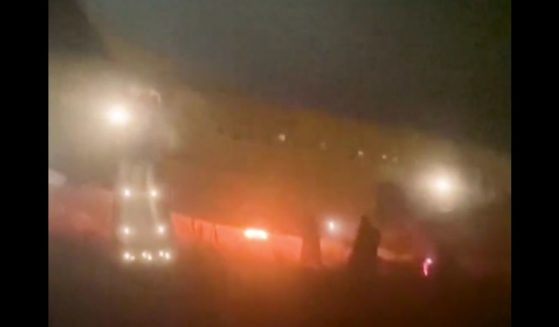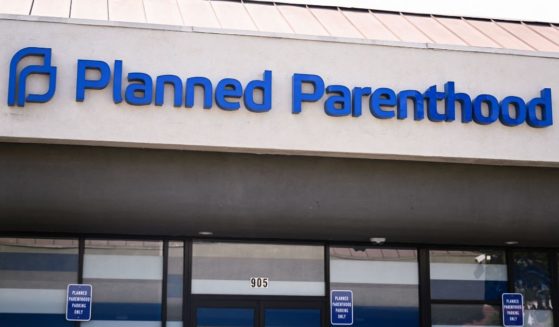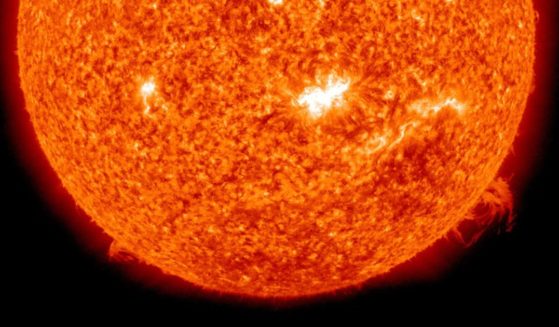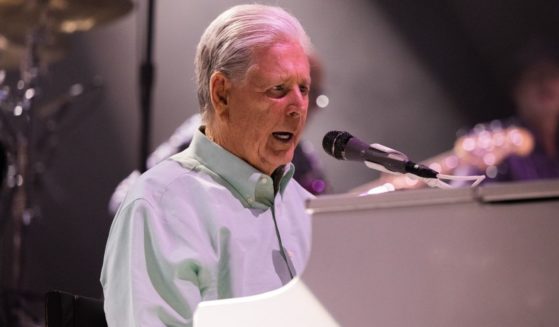Lawsuits demanding the PG&E pay for damages from wildfires
SAN FRANCISCO (AP) — Lon Walker blames Pacific Gas & Electric Co. for starting a wildfire that killed his wife Ellen and destroyed their home near the California city of Paradise.
Butte County cites PG&E for the same Nov. 8 fire that destroyed parks, schools and myriad other public property and amenities. And State Farm insurance company also blames the utility for the fire that compelled it to pay millions of dollars to policyholders who lost homes and businesses in the blaze.
They are among the people, companies, cities and counties that have filed roughly 1,000 lawsuits since late 2017 demanding PG&E pay for damages caused by wildfires.
PG&E lawyers have filed denials of responsibility in the courts, but when the company sought bankruptcy protection on Tuesday, it cited at least $30 billion in potential liability from those and other lawsuits.
State investigators have yet to determine the cause of the Nov. 8 fire that killed 86 people and destroyed 15,000 homes in the Paradise area, but PG&E equipment is suspected in the most destructive wildfire in the U.S. in at least a century. Some $8.4 billion in insurance claims have been filed involving that fire.
State investigators blame PG&E equipment for 17 major fires since late 2017. Under California law, utilities are required to pay for wildfire damage caused by their equipment even if the companies weren’t negligent.
Those fires killed a combined 18 people and destroyed more than 2,000 homes and businesses.
State investigators recently said PG&E was not responsible for a 2017 fire in Northern California wine country that killed 22 people and destroyed more than 5,000 homes. Lawyers for dozens of plaintiffs in lawsuits blaming the utility for that blaze say they will challenge that finding.
Plaintiffs in lawsuits involving fires range from Oroville rancher David Martin’s $3,000 small claims complaint to insurance companies’ demands for billions of dollars in reimbursements for payments to policyholders.
Many of the lawsuits seek to bridge the gap between what insurance companies paid out for destroyed homes and what policyholders argue the houses were actually worth in the region’s pricey real estate market.
David Rabbit, chairman of the Sonoma County Board of Supervisors, said an estimated 70 percent of policyholders were “underinsured,” meaning their insurance did not cover the full cost of replacing their property. He said that leaves them struggling to rebuild what they lost.
Jeffrey Hammond’s family home in Napa County was destroyed in a 2017 fire that state investigators say started when an oak tree broke and fell onto a PG&E power line.
Hammond, 76, said he believes the house could have sold for $500,000 but his insurance company paid him only $100,000, which he said was the property’s most-recent assessed value. He sued PG&E hoping to recoup the additional $400,000. The utility’s bankruptcy filing made him pessimistic about his chances of collecting.
“I’m 76, going on 77,” he said. “And this will take years to sort out.”
PG&E said the bankruptcy will allow for an “orderly, fair and expeditious resolution” of wildfire claims.
“Throughout this process, we are fully committed to enhancing our wildfire safety efforts, as well as helping restoration and rebuilding efforts across the communities impacted by the devastating Northern California wildfires,” interim CEO John R. Simon said in a statement.
PG&E, which is publicly traded, was already facing a staggering number of lawsuits before the Nov. 8 fire in Paradise.
So many lawsuits, in fact, that California’s chief justice ordered most of the legal actions consolidated and handled by a single San Francisco judge, who has devised a boilerplate lawsuit form — complete with check boxes on15 separate wildfires for future plaintiffs to fill out and file.
Richard Bridgford and his Newport Beach law firm, along with two other law firms, represents Walker and about 1,500 other wildfire victims suing PG&E for wrongful death, medical costs, property loss and other claims.
“PG&E is maintaining a corporate culture of placing profits over people,” Bridgford said.
The counties of Napa, Mendocino, Lake, Sonoma and Yuba, and the cities of Santa Rosa and Paradise, along with other local governments are also suing the utility, seeking to recoup the cost of response and cleanup and claiming a loss in tax revenue in addition to property losses.
“The Wine Country Fires started when electrical infrastructure owned, operated and maintained by PG&E came into contact with vegetation,” says a lawsuit filed by Sonoma County. “PG&E was obligated to have inspected and maintained but failed to do so in a manner that would have prevented or mitigated the effects of such contact.”
State Farm said in its lawsuit that PG&E was “failing to keep the power lines, wires, and any and all associated equipment in a safe condition at all times to prevent fires.”
State Farm and several other insurance carriers are seeking to be reimbursed for the payouts they made to wildfire victims.
California Insurance Commissioner Ricardo Lara said insurance companies received a combined $14.8 billion in claims from policyholders for the fires that ravaged California in November.
Lara called the insurance companies’ financial exposure to the wildfires “massive,” but said he’s confident the industry has the ability to pay all the claims. Whether the companies can pass that expense on to PG&E remains to be seen, he said.
“The outcome is still undecided on who is responsible for that fire, but we know insurers have the money they need to make the claims whole,” Lara said. “Regardless of who’s at fault, we are confident insurers have the money.”
The Western Journal has not reviewed this Associated Press story prior to publication. Therefore, it may contain editorial bias or may in some other way not meet our normal editorial standards. It is provided to our readers as a service from The Western Journal.
Truth and Accuracy
We are committed to truth and accuracy in all of our journalism. Read our editorial standards.












